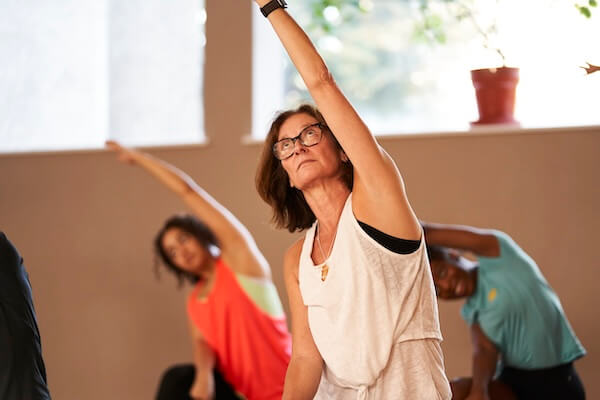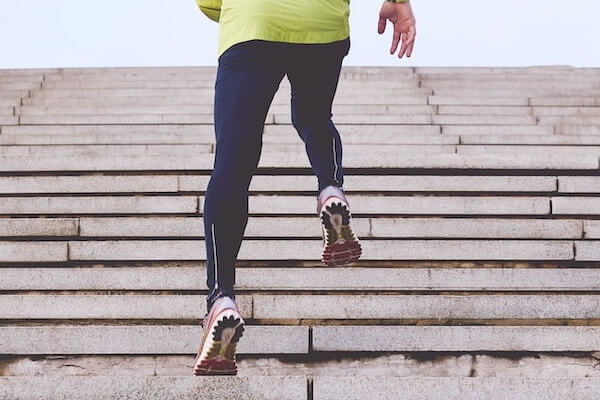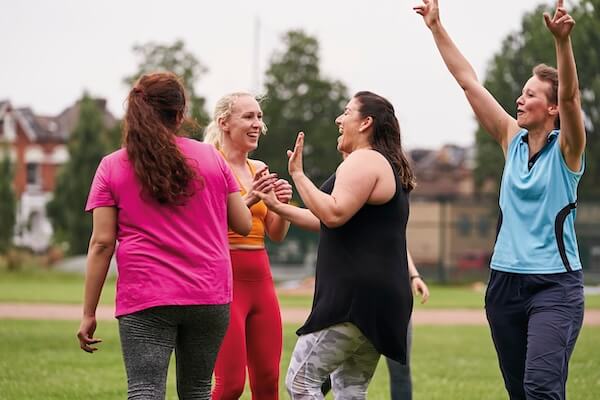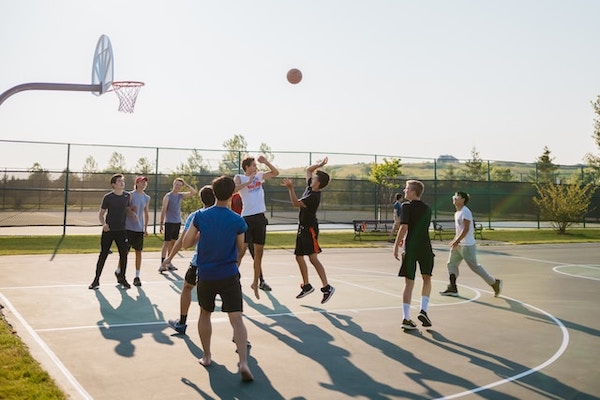
Staying active is crucial for our health, regardless of age. In Australia, the physical activity and sedentary behaviour guidelines are designed to help us understand how much activity we need to stay healthy and how to balance it with sedentary time, particularly for children and adolescents.
Key Recommendations
Australia's guidelines recommend specific amounts of physical activity for different age groups:
-
Children (aged 5–17): They should engage in at least 60 minutes of moderate to vigorous physical activity daily. This includes activities like running, playing sports, or biking.
-
Adults (aged 18–64): Adults should aim for 150 minutes of moderate to vigorous physical activity each week, spread across at least five days. They should also include muscle-strengthening activities on two or more days per week.
-
Older adults (aged 65 and over): They should continue to engage in physical activity as much as their abilities allow, focusing on balance and strength exercises.
How Are We Doing?
Unfortunately, many Australians are not meeting these guidelines:
-
In 2022, a staggering 83% of adolescents (15–17 years) did not meet the physical activity component, and 80% failed to do enough muscle-strengthening activities.
-
For adults (18–64 years), 37% were not active enough, and 73% did not engage in adequate muscle-strengthening activities.
-
Among seniors (65 and over), 57% did not meet the activity guidelines, and 84% lacked sufficient muscle-strengthening exercises.
Overall, physical activity participation has seen a slight
decline. However, there's some hope: the percentage of adults aged
18 and over not meeting the guidelines dropped from 65%
in 2017–18 to 46% in 2022.
Disparities in Activity Levels
Physical activity levels also vary across different population groups:
-
Geography: More adults in outer regional and remote areas (45%) did not meet the guidelines compared to those in major cities (40%).
-
Socioeconomic Status: Adults from the lowest socioeconomic areas (45%) were less active than those in the highest socioeconomic groups (37%).
Why Is Physical Activity Important?
Physical activity offers numerous health benefits that can enhance both your physical and mental wellbeing:
-
Disease Prevention: Regular exercise can significantly reduce the risk of developing serious health issues like type 2 diabetes, certain cancers, and cardiovascular disease. This is particularly important as these conditions are prevalent in today’s society.
-
Quality of Life: Engaging in just 30 minutes of physical activity each day can lead to immediate and long-term benefits, improving your overall quality of life.
-
Weight Management: Staying active helps manage weight effectively, which is vital for preventing obesity-related diseases.
-
Heart Health: Regular physical activity lowers the risk of heart attacks and helps maintain a healthy blood cholesterol level.
-
Bone and Muscle Strength: Being physically active contributes to stronger bones, muscles, and joints, reducing the risk of osteoporosis and falls.
-
Recovery: Activity can enhance recovery from periods of hospitalisation or bed rest, helping the body regain strength.
-
Mental Wellbeing: Exercise is known to improve mood and reduce feelings of depression. It can block negative thoughts, distract from daily worries, and provide opportunities for social interaction. Increased fitness can elevate your mood, improve sleep patterns, and change levels of brain chemicals like serotonin and endorphins.
Health Risks of Physical Inactivity
Physical inactivity is a significant health concern, being the ninth leading preventable cause of illness and premature death. Lack of activity can increase the risk of serious conditions such as:
- Cardiovascular disease
- Type 2 diabetes
- Osteoporosis
- Dementia
On the other hand, being active can enhance both mental and
physical health, helping to manage weight, lower blood pressure,
and improve overall wellbeing.
Tips for Getting Started with Physical Activity
Starting a new fitness journey can feel overwhelming, but there are plenty of simple and enjoyable ways to get moving. Here are some tips to help you kick things off:
-
Sign Up for Local Fitness Events: Consider registering for local events like half marathons or fun runs. These events can give you a goal to work towards and provide motivation to stay active. Plus, they’re a great way to meet like-minded individuals who share your passion for fitness!
-
Exercise with Friends or Join a Social Group: Working out with friends can make exercising more enjoyable and keep you accountable. Invite a buddy for a walk, join a group fitness class, or create a workout routine together.
-
Join a Social Group: Find a local social group that focuses on activities you enjoy. Whether it's a running group, hiking club, tennis club, or badminton social, these communities offer support and camaraderie, making it easier to stay committed to your fitness goals.
-
Start Small: Begin with manageable goals, like taking a short walk each day or doing a 20-minute workout. Gradually increase the intensity and duration as you become more comfortable.
-
Explore Different Activities: Experiment with various types of exercise to find what you love. Whether it’s dancing, cycling, swimming, or playing sports, enjoying your workouts is key to sticking with them.
By incorporating these tips, you’ll not only make physical activity a regular part of your life but also discover a supportive community along the way!
Physical activity is essential for everyone, and understanding the guidelines can help us all lead healthier lives. By increasing our activity levels, we can improve our health outcomes and enjoy the many benefits that come with being active. Let’s strive to move more and make physical activity a part of our daily routines!






